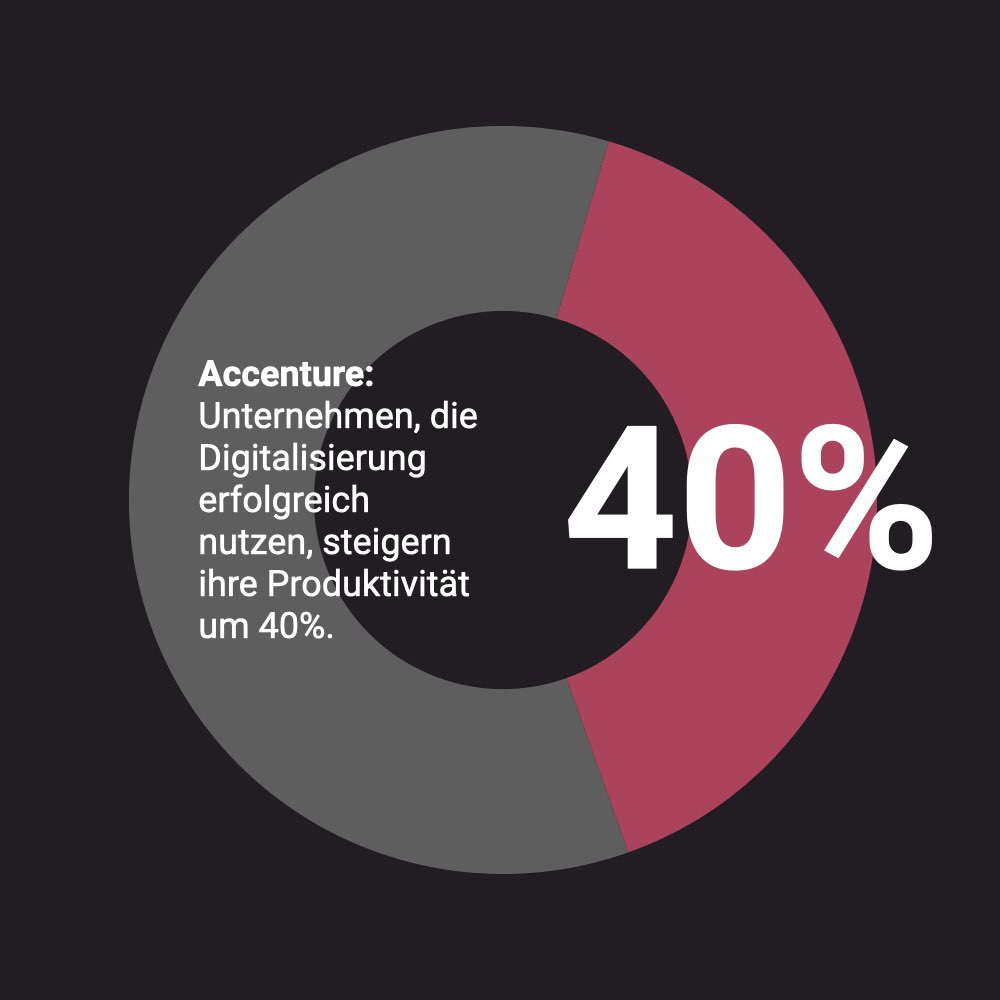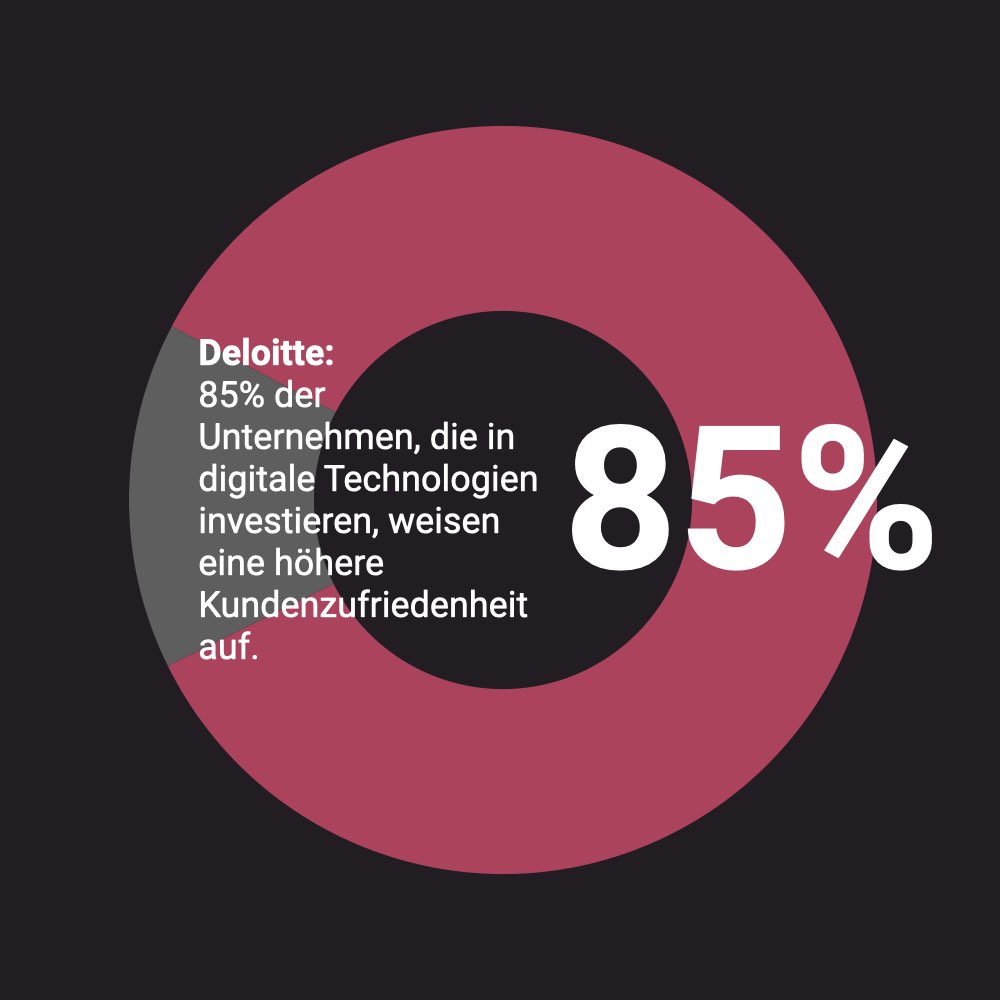We've analyzed the most important trend reports so you don't have to!

The most important trends from renowned consulting firms such as KPMG, Ernst & Young and Co. summarized for you.
Since the outbreak of the COVID-19 pandemic in early 2020, the B2B landscape has become heavily digitalized due to the urgent need to adapt. And while artificial intelligence (AI) is emerging as a clear megatrend everywhere, many B2B companies are still struggling to meet the digital standards of their B2C counterparts.
This is also confirmed by the digitalization index in marketing and sales: This is intended to show the digital maturity of B2B companies and has already been published twice in collaboration with the auditing firm KPMG and Prof. Dr. Rainer Elste from Esslingen University created it.
According to the first study from 2019, there were a number of B2B sales companies that were very analogue. However, development is still progressing slowly: digitalization in marketing and sales only increased slightly until 2021. Small and medium-sized companies (SMEs) find it particularly difficult to develop and implement digitalization strategies. According to Prof. Dr. Rainer Elste still works in very analogue and manual customer acquisition today.

But why should B2B also become more digital?
Aside from the demands of customers that companies want to meet, it also makes sense for the company's general structures to make processes more digital. This not only increases efficiency, but also reduces costs in the long term. In order to remain competitive, especially compared to companies from other countries, digitalization is essential. According to the Digitalization Index in Marketing and Sales 2021, digitally mature companies have also proven to be more crisis-proof, have higher sales and are more profitable. This in turn means that they can more easily finance strategically important growth initiatives and differentiate themselves even further from analogue companies.

There would be awareness of the need for digitalization...
Interestingly, several studies show that, despite the still slow implementation of digitalization, there is definitely awareness of digital B2B success: in a 2020 survey by the business consultancy Ernst & Young (EY), one in two of the almost 220 people surveyed said this Managers from B2B companies say that, in their view, digitalization is an important tool for increasing efficiency in their own company. A similar study by the market research institute ECC Cologne on the “Customer Journey in B2B” comes to the conclusion that more than half (56 %) of 128 decision-makers from B2B companies surveyed hope for greater corporate success through digital sales offers.

Where can companies start now to build an efficient digitalization strategy?
For the study, four dimensions were identified that are considered drivers of digitalization in marketing and sales. There are specific recommendations for action for each dimension, which are summarized below.
- Digital capabilities: Creating digital knowledge, skills and framework conditions
- Processes: Expand the degree of digitalization in the customer journey
- Instruments: Use of digital instruments and systems
- Digital performance: Perceived advantages of digitalization through, for example, digital business models and sources of income
The four dimensions of digitalization in detail:
Digital capabilities: This refers to the importance of digitalization projects for the future viability of companies. In order to successfully implement such projects, clear goals should be converted into measurable KPIs that can be used for control and incentives. In summary, digitalization should be viewed as an investment in the future of the company - the use of suitable methods and tools can help ensure successful implementation.
Processes: This dimension is primarily about expanding the digital customer journey: new customer acquisition should be based on clear rules and scalable processes. Alternative digital forms should be used here, as in-person trade fairs, for example, will probably no longer have the same importance as before the corona pandemic. Furthermore, the use of customer-oriented approaches is relevant in order to design processes that are tailored to the target group. Virtual communication can also be used to increase efficiency (e.g. reduce travel times) and thus create capacity.
Instruments: This level includes the importance for companies to be noticed by potential customers early in the evaluation process. Digital presence and search engine optimization are essential here. It is recommended to collect customer data along the customer journey in a legally compliant manner and process it efficiently in order to use it specifically as added value for customers. The use of technological support to quickly guide customers to the desired solution and to offer individual, expert and personal support for complex challenges is also a relevant lever that should definitely be used.
Digital performance: This is about the noticeable advantages of digitalization through, for example, digital business models and sources of income or ecosystem cooperation partners in order to jointly build business models and increase market presence, scaling options, speed and innovative strength. Furthermore, projects aimed at transparency of marketing and sales ROI should be prioritized in order to generate reliable figures across all levels.
What now?
One way to cover several of these dimensions at once is to use interactive and immersive videos. Among other things, they create the necessary early digital presence in order to be noticed by potential customers in the evaluation process. Furthermore, in this context, customer data can be collected and efficiently processed along the customer journey in accordance with the law. In addition, they enable a quick response to customer inquiries without losing individuality and professional expertise. The transparency of numbers and the efficient use of them can also be ensured in collaboration with the help of interactive and immersive videos.


